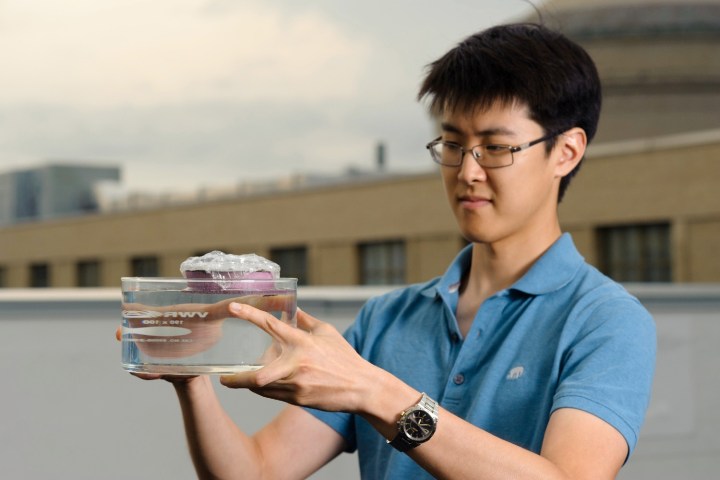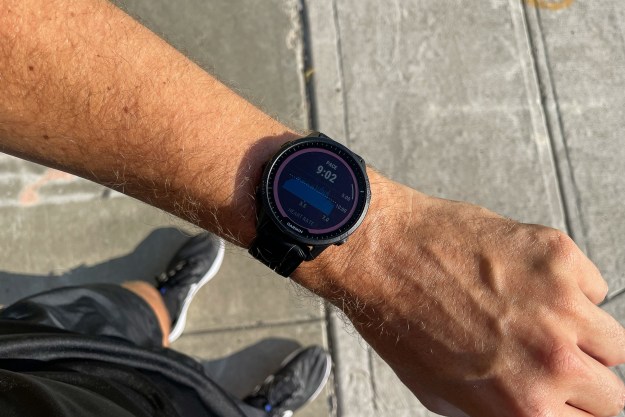
What MIT engineers have invented is a sponge-like device, clad in bubble wrap, which can heat water to boiling temperatures simply by soaking up ambient sunlight. Most impressive of all, it can be constructed from of basic DIY materials.
“We have created a floating solar receiver that generates heat from the sun, and heats water to produce steam,” George Ni, an MIT graduate student working on the project, told Digital Trends. “The novelty of this receiver is the ability to produce steam without any accompanying optical concentrators, such as mirrors and lenses. These optical components are often the dominant costs in solar thermal systems, so our receiver will hopefully expand access to solar thermal systems to more people.”

The project first started in 2014 (check out Digital Trends’ original article here) but the current design offers a number of significant advances since that point. First is the aforementioned ability to reach temperatures of 100°C without any focusing optics technology. Second is the fact that the new prototype is made out of commercially-available materials, many available at local home improvement stores.
“Several of the materials, like bubble wrap and thermal foam, were bought at Home Depot,” Ni continued. “These are common materials that most people should have access to. We combined them in an innovative way to complement each other for steam generation. Ordinary materials combine together to achieve more than the sum of parts.”
In terms of applications, Ni said that there are several interesting real-world use cases. “We anticipate several applications, from seawater desalination to wastewater treatment, to medical device sterilization,” he said. “Additional testing and development is needed for each of those applications. However, we think we have developed a platform that can potentially be low cost and scalable to both small and large sizes.”


